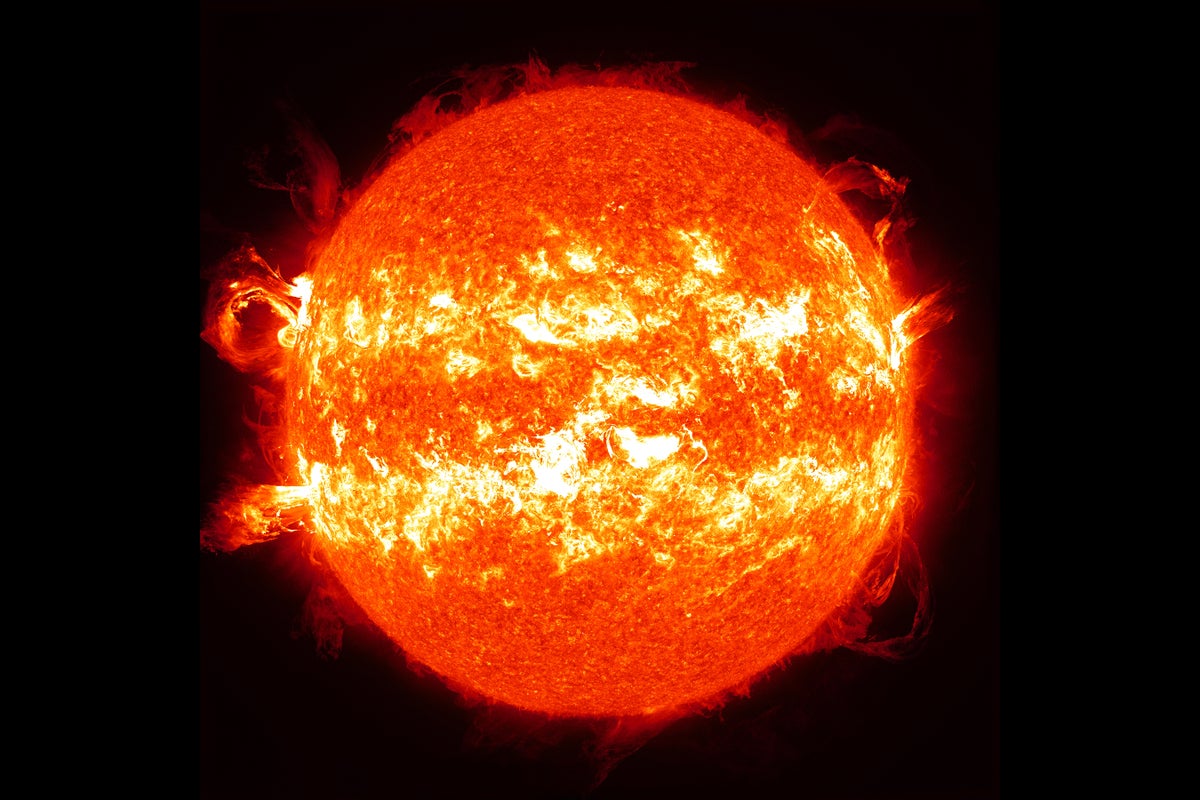Now Reading: Sun’s Future: Stronger Solar Cycles Predicted
-
01
Sun’s Future: Stronger Solar Cycles Predicted
Sun’s Future: Stronger Solar Cycles Predicted

Rapid Summary
- Teh sun is currently exhibiting peaks in its 11-year activity cycle, known as the solar maximum phase, marked by increased sunspots and solar outbursts.
- August 2024 recorded over 200 sunspots-the highest count recently-but activity has slowed slightly since then. A potential spike within the next three months remains uncertain.
- Solar activity during these cycles can produce stunning auroras visible even in atypical regions far south, such as Florida last year.
- Scientists are investigating long-term variability in solar behavior, hypothesizing cycles like the Gleissberg cycle (80 years) and longer trends spanning up to thousands of years.
- Current predictions suggest stronger solar activity than that seen during weaker Solar Cycle 24 (2010s), even though forecasting remains difficult due to limited data.
- Sun emissions can impact satellites, interaction infrastructure, power grids on Earth, and human space exploration programs if protections against “space weather” are inadequate.
indian Opinion Analysis
India may find increasing solar activity meaningful for several sectors.Enhanced forecasts will be pivotal for safeguarding telecommunications networks-essential due to India’s vast mobile internet user base-and ensuring reliable satellite-dependent services like navigation systems. Solar storms could disrupt power grid operations; strengthening resilience could be vital for india’s emerging renewable energy integration.
On another front, as India’s space missions advance-including lunar explorations and ambitions toward Mars-it must prioritize astronaut safety against space radiation risks driven by heightened solar variability.Collaborative research on “space weather” prediction with global agencies might bolster preparedness and technological edge.
Read More: Scientific American

























